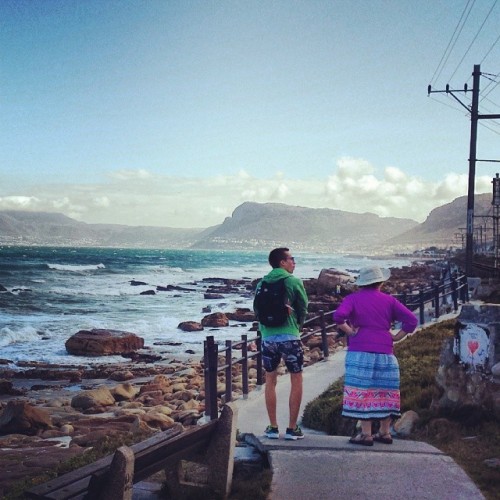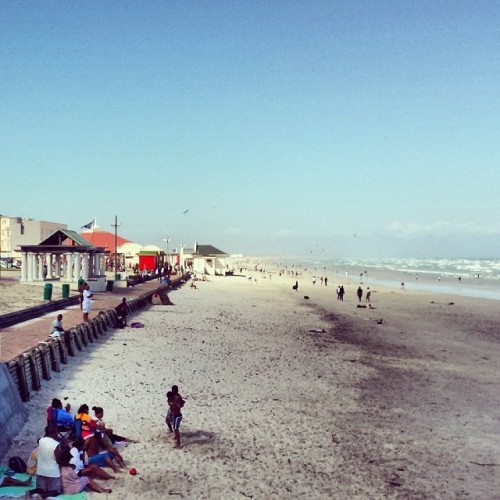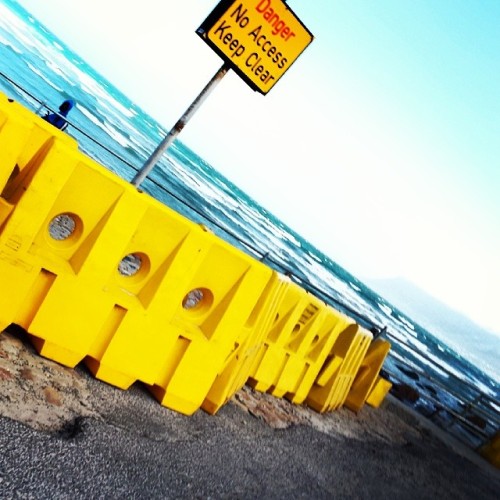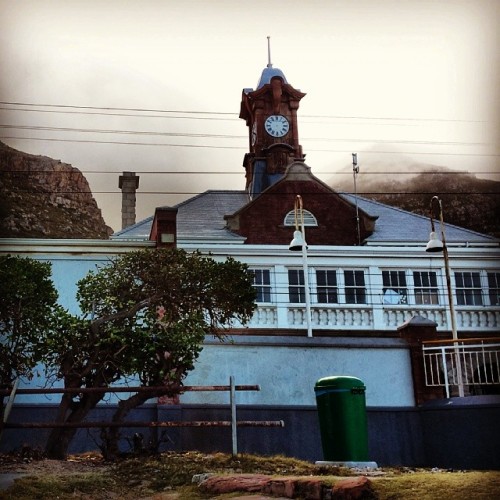 |
| Cape of Storms: Bright colours, hearts, humans and white crested seahorses all thoughting about the gradually approaching autumn as summer fades and the sun heads northwards |
The south-easter continues to thrust a voluptuous and angry bank of cloud over Table Mountain and in to the city bowl, and has done so for much of the weekend.
The large roof-high window in my office looks directly at the mountain; I'm right in line with the cable car. That's why I've made a french -press full of scalding but aromatic coffee, so to watch this mesmerising sight from the stillness of my desk, while the wind buffets the building.
Within a few months it's going to be the winter storms of slating rain that pummel my window, this western facade, seeking to seep every crevice and hairline crack.
Not for nothing is this peninsula - that's thrust into the most southern ocean off the African continent - known as the cape of storms.
Yesterday, at the end of the day, I walked between the ocean edge and the railway tracks from Muizenburg to St. James's, then past Danger Bay to one of my favourite villages, Kalkbay. There, with good friends, I ended the day quaffing quality red wine in a secret filled with children from, buzzing, the village.
Living in Cape Town you are always negotiating the pincer of land that divides the two oceans; ruling the western seaboard is the Atlantic, the eastern seaboard is witness to the much warmer, heartier Indian. One bitterly cold, one wonderfully warmer; both with different reeks, moods and character traits.
Nevertheless this peninsula is at the mercy of the tempestuous elements and the city can have utterly different weather simultaneously depending where you are.
The city and its surrounds ooze myths and legends, which among others explain the weather; the version below has, um, a particular Cape Town slant to it:
One arm of the South-Easter sweeps around the eastern flanks of Table Mountain, where its moisture, picked up from the ocean and the warm waters of False Bay, helps to keep the vegetation green through the heat of summer.
There, it behaves somewhat in the manner of a trapped tiger, careering around in the bowl between mountain and sea. A couple of days of this is enough to purge the city's air - nowadays it is the smog instead of the plague of old which is banished. The South-Easter tends to overdo the cure, outstaying its welcome. A possible record was its performance in November 1936, when it howled without a break for 15 days, ravaging suburban gardens and penning the staff in the upper cable station for 5 days.
Today the city is spotless, not that you'd want to be on the streets to experience it first-hand.









